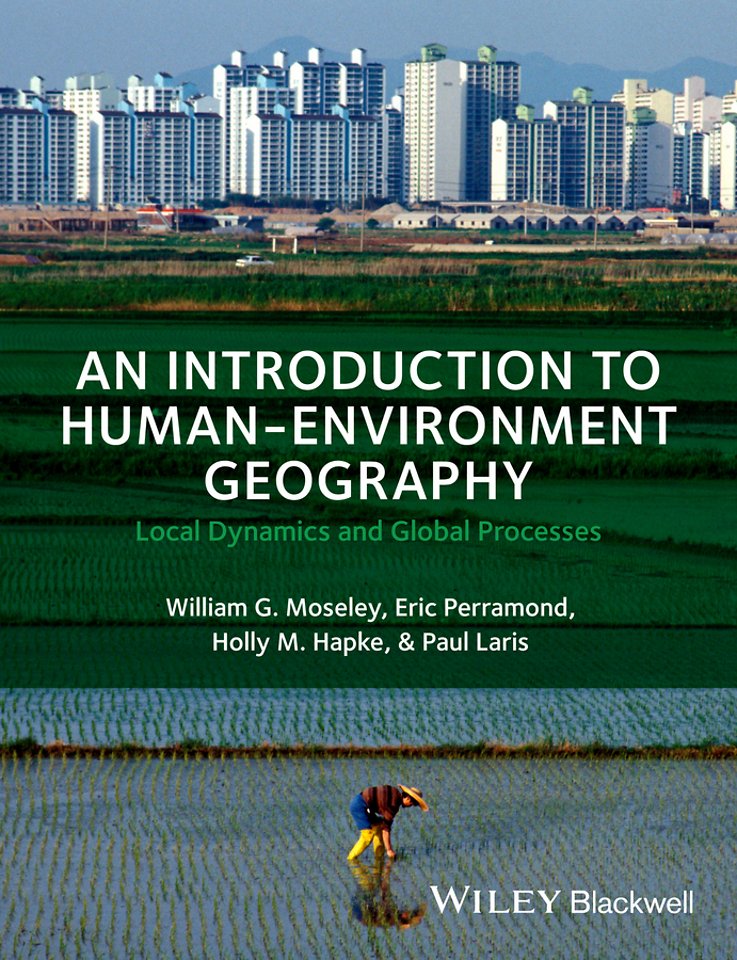Introduction to Human–Environment Geography
Local Dynamics and Global Processes
Samenvatting
This introductory level text explores various theoretical approaches to human–environment geography, demonstrating how local dynamics and global processes influence how we interact with our environments.
-Introduces students to fundamental concepts in environmental geography and science
-Explores the core theoretical traditions within the field, along with major thematic issues such as population, food and agriculture, and water resources
-Offers an engaging and unique view of the spatial relationships between humans and their environment across geographical locations around the world
-Includes a variety of real–world policy questions and emphasizes geography s strong tradition of field work by featuring prominent nature–society geographers in guest field notes
Specificaties
Inhoudsopgave
Preface and Acknowledgments xi
Part I: Fundamentals of Human Environment Geography 1
1 Introduction: A Geographic Perspective on Human Environment Interactions 3
2 The Politics of Nature 31
3 The Biophysical Environment 47
Part II: Contemporary Perspectives in Human Environment Geography 87
4 Cultural and Political Ecology: Local Human Environment Interactions in a Global Context 89
5 Environmental History 111
6 Hazards Geography and Human Vulnerability 137
7 Environmental Justice: The Uneven Distribution of People,
Pollution, and Environmental Opportunity 157
Part III: Thematic Issues in Human Environment Geography 189
8 Climate, Atmosphere, and Energy 191
9 The Population Consumption Technology Nexus 227
10 Agriculture and Food Systems 255
11 Biodiversity, Conservation, and Protected Areas 285
12 Water Resources and Fishing Livelihoods 309
Part IV: Bridging Theory and Practice 341
13 Geographic Research 343
14 Conclusion: Making a Difference 375
Index 389









